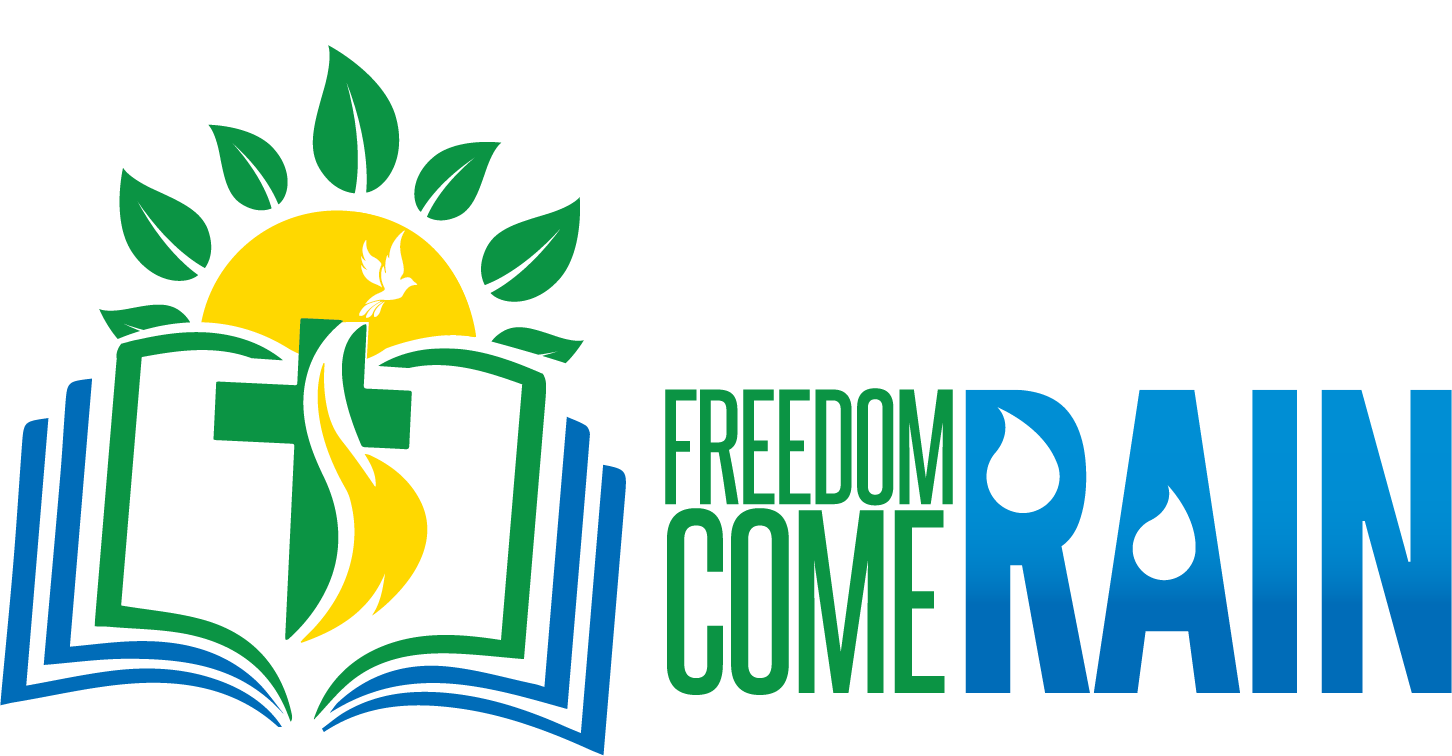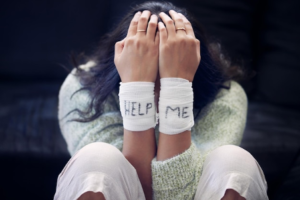
Disclaimer: This article talks about the sensitive topic of self-harm, which was discussed during a recent YouthS.O.U.L. episode on TBC radio. The content of the article may be graphic, so readers’ discretion is advised. If you are not yet twelve years old, please ask your parents or another safe adult to read the article to or with you. None of the Youth S.O.U.L. Team members is a licensed psychotherapist.
Did you know that on average, the first incidence of self-harm in humans occurs at the young age of 13? According to the Recovery Village (2022), in a survey taken in over forty countries, 45% of the participants reported self-harm. Self-harm is a common practice in today’s society. We live in a broken world with broken people. As such, despite the sensitivity of the topic, a discussion on self-harm is needed, especially for those who know Jesus, the One Who heals and brings relief.
WHAT IS SELF-HARM?
Self-harm is a deliberate (i.e., conscious and intentional) action to hurt yourself. It may be expressed in different types of hurt, including physical and emotional infliction. One of the most commonly known forms of physical self-harm is cutting.
Self-harm may also be done by bruising, burning, scratching, or any other method of intentionally and consciously inflicting physical pain on oneself. Self-harm is also known as non-suicidal self-injury (NSSI).
REASONS A PERSON MAY SELF-HARM
Self-harm may be done for different reasons by each person. However, the reason is not always known by the one self-harming, who may wonder, “Why am I doing this?”
One reason people self-harm is that they are attempting to replace some overwhelming or unbearable emotional distress or discomfort they are feeling with physical pain. Self-harm may also be done as a way of seeking control, albeit a pseudo-form of it, over an aspect of your life when you perceive that your life is ‘spiraling’ out of control. One may also self-harm as a non-verbal cry for help when in emotional distress or as a form of self-punishment.
In addition, being a teenager is one of the most impactful stages of one’s life. One’s self-concept as a teenager affects one’s psychological and emotional health throughout that period and may have long-term effects in adulthood. According to the Recovery Village, the highest percentage of self-harm cases occur in persons between 12 and 20 years old.
SELF-HARM, SHAME, AND BODY INSECURITIES
There is a correlation or relationship between self-harm and shame. Oftentimes, after self-hurting, come feelings of shame, guilt, and embarrassment. One may also wear clothing items, e.g., sweaters and pants, to cover scars or hide any indicators of physical self-harm due to feelings of regret or lowliness. Many who physically self-harm feel discomfort in their own skin.
Self-harm is also done as an expression of dissatisfaction with one’s own body, often due to societal pressures and perceived unmet societal body standards. Negative comments on one’s body may also affect one’s self-perception, self-concept, self-esteem, and sense of self-worth, thus leading to self-harming behaviours in both males and females.
In addressing self-harm and body positivity, we must be considerate by thinking before we open or close our mouths to speak (isn’t it true that we sometimes gesture at persons with our mouths, our eyes, heads, and hands, engage other body parts when we ‘speak’?). We must adopt the habit of filtering our words and acknowledging their power to do harm or good, and use them to “speak life” and to build those around us in love.
When we next meet, we will explore solutions for self-harm with a special testimony of God’s healing from someone who battled this oppressive act first-hand and overcame it with the help of the Holy Spirit.
Youth S.O.U.L. is a youth programme for youth, by youth, and with Jesus. Tune in to TBC Radio on Fridays at 6 p.m. to listen to each episode.






